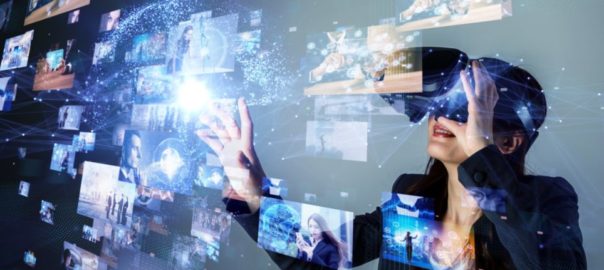Interactive experiences rely on new technology that can be costly to implement. These bespoke experiences require a substantial investment of devices, software and a whole host of specialized hardware.
Interactive experiences are designed with users’ needs in mind. Costello’s Pleasure Framework identifies different pleasure principles that can be used to create immersive experiences.
Immersive
Whether a brand wants to entice or conquer, an immersive experience creates emotional connections that help consumers feel personally connected to the company. Immersive technologies are a growing area of electronic entertainment, from virtual reality (VR) to augmented reality (AR), which merge digital information with the physical environment.
VR creates a new space by cutting off physical senses, and AR shows a virtual image on a screen. Examples include immersive games like Grand Theft Auto and Fallout, and Cosmos, which takes viewers on a guided tour of the universe.
Businesses also use immersive experiences to enhance education, training, risk and safety management, planning, and manufacturing. For example, DHL logistic centers use AR headsets to reduce lookup time and optimize navigational routes. Energy-from-waste company Cory uses VR to train employees on a simulated plant site.
Simulation
Simulations provide students with an immersive environment where they can practice new skills, adapt to issues arising and develop awareness of the unique circumstances that exist within a given scenario. Simulations may vary in scope from a short activity to an extensive multi-week experience.
In healthcare, simulation is a means of enhancing patient safety through reducing medication errors, preparing students for high-risk situations that could not be replicated without risk to real patients and enabling learners to practice advanced skills such as intubation or surgical techniques without putting live patients at risk.
Despite their effectiveness, simulations are not without challenges for students who must interact with them in real time and reflect on their decisions and actions during the debriefing process. This paper explores the ways in which student personalities and personal circumstances can impact their learning experience in simulation.
Fantasy
Unlike many electronic entertainment experiences that rely on technological advancements that are quickly outdated, interactive experiences provide users with a choice to engage with the experience in any way they choose. This allows them to make meaningful choices and decisions that give them pleasure and satisfaction.
Magic and monsters – The existence of mythical creatures, gods, monsters, and other supernatural beings in a story is a clear definition of fantasy. From the Mogwai in Gremlins to the Kraken of Pirates of the Caribbean, this element separates fantasy from Sci-Fi.
New and Imaginary Worlds – Fantasy can also be defined by its existence within new, imaginary worlds. From the Middle-Earth of Lord of the Rings to the Discworld of Terry Pratchett, this defining aspect sets it apart from Sci-Fi.
Social
People are innately social and thrive in communication, comradery and competition. Social experiences allow humans to meet psychological needs for safety, love/belonging and esteem (Maslow). Technology enabled social interactions are not only facilitated but they can be made more frequent, wider and deeper.
Social learning may seem more complex to manage than a traditional online course, but it can produce a better return on investment. It is crucial to provide engaging baseline content that stimulates a learner’s interest and motivation, so they are more likely to invest the time needed to develop user-generated content and to come back regularly. To remunerate participants it is also essential to offer them a variety of options for interaction, but not so many that they become paralyzed by information overload.
Subversion
Subversion is a free/open-source version control system that manages files and directories over time. This allows you to recover older versions of your data or examine the history of how a file or directory was changed.
While Subversion has a lot to offer, it can be overkill for distributed collections of photos, digital music or software. In these cases, simpler tools can replicate data more efficiently.
It also requires more skill and knowledge to use than other tools like CVS or ClearCase. But it has a number of user-focused features that make it well worth learning. One big plus is its semi-automated tracking of branching and merging. This can save significant amounts of time.
